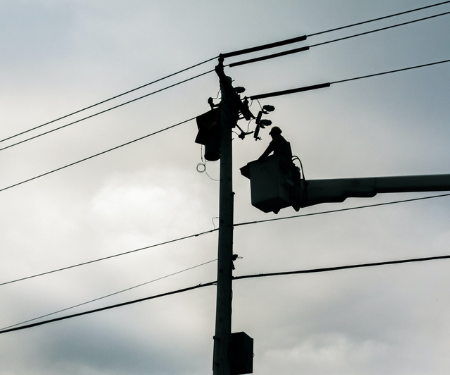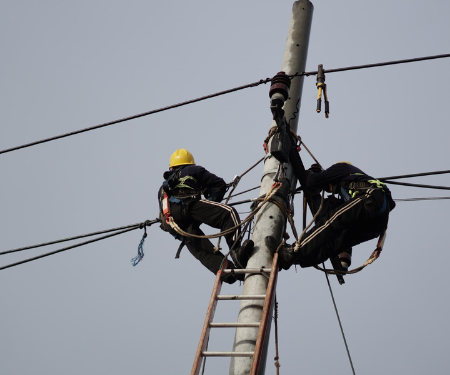In addition to the hazard presented by powerful electrical current, there are risks of falls and other accidents, particularly when working at height or in confined spaces.
One thing remains constant in all the situations that electric utility workers encounter: having the right safety equipment makes all the difference.
Safety lines, harnesses, portable anchor points, manual hoists, and other specialized equipment make it possible for workers to perform vital tasks in utility facilities and in the field without the need for external power sources or complicated setup procedures.




